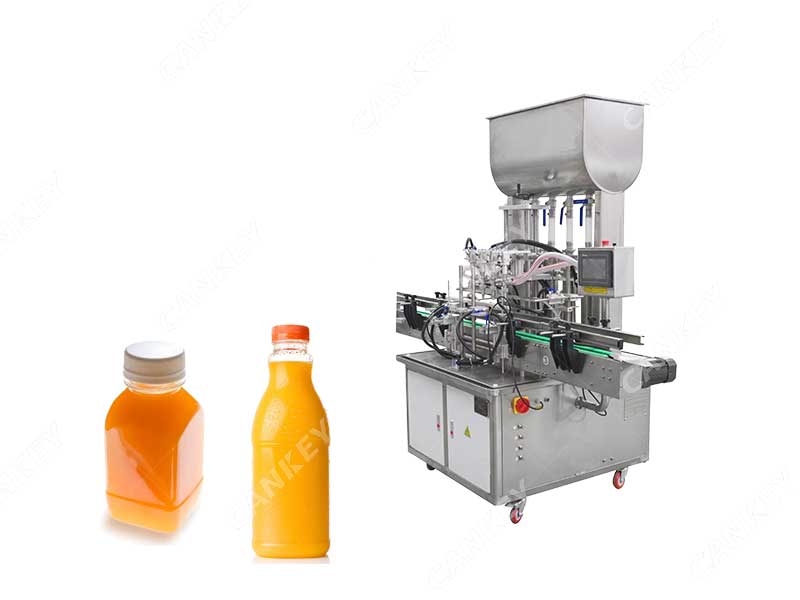In today’s fast-paced manufacturing world, efficiency and precision are paramount. Automatic filling machines play a pivotal role in various industries, from food and beverages to pharmaceuticals and chemicals, by streamlining the process of filling containers with liquid or semi-liquid substances. These sophisticated machines have revolutionized production lines, ensuring consistent quality, reduced wastage, and increased throughput. This article delves into how does an automatic filling machine work.
The basics of automatic filling machines:
Automatic filling machines are designed to accurately dispense a predetermined amount of liquid or product into containers, such as bottles, jars, or pouches, at a rapid pace. The machines can handle a wide range of products, from water and oils to sauces and chemicals. The primary components of an automatic filling machine include:
- Hopper: The hopper holds the bulk product that will be dispensed into containers. It ensures a continuous flow of material to the filling mechanism.
- Conveyor system: Containers are transported on a conveyor belt, which moves them through different stages of the filling process. The conveyor speed can be adjusted to accommodate varying production rates.
- Filling mechanism: This is the heart of the automatic filling machine. It consists of valves, nozzles, and pumps that control the flow of product into the containers. The filling mechanism is designed to deliver precise quantities of the product.
- Control system: Modern automatic filling machines are equipped with advanced control systems that allow operators to set parameters such as fill volume, fill speed, and container size. These settings ensure consistency and accuracy in the filling process.
How does an automatic filling machine work?
The automatic filling process can be broken down into several key steps:
- Container loading: Empty containers are loaded onto the conveyor belt, which carries them to the filling station.
- Product dispensing: The product is fed from the hopper into the filling mechanism. The control system dictates the desired fill volume, and the mechanism dispenses the exact amount of product into each container.
- Level control: Some filling machines incorporate level control mechanisms to ensure that the product reaches a consistent level in each container, preventing overfilling or underfilling.
- Capping and sealing: In some production lines, automatic capping and sealing systems are integrated after the filling process. These systems securely seal the containers, preparing them for the next stage of the production process or for distribution.
- Quality inspection: Modern filling machines often include quality control measures, such as sensors and cameras, to detect any irregularities or defects in the filled containers.
- Ejection of defective containers: If a defective container is identified, it is automatically ejected from the production line to maintain product quality.
Advantages of automatic filling machines:
Automatic filling machines offer several advantages to manufacturers:
- Precision and consistency: These machines ensure accurate and consistent fill volumes, reducing product wastage and ensuring uniform product quality.
- Efficiency: Automatic filling machines operate at high speeds, increasing overall production efficiency and throughput.
- Labor savings: These machines require minimal human intervention, leading to reduced labor costs and freeing up personnel for other tasks.
- Hygiene and sanitation: Automatic filling machines are designed with hygiene in mind, minimizing the risk of contamination and ensuring the safety of the product.
- Flexibility: These machines can be adapted for various container sizes and product types, offering versatility to manufacturers.
Automatic filling machines are a cornerstone of modern manufacturing, delivering efficiency, precision, and quality to industries across the spectrum. By understanding the intricate workings of these machines, we gain insight into the technological advancements that have revolutionized production processes and paved the way for consistent, high-quality products on a global scale. As technology continues to evolve, automatic filling machines are poised to play an even more significant role in shaping the future of manufacturing.


